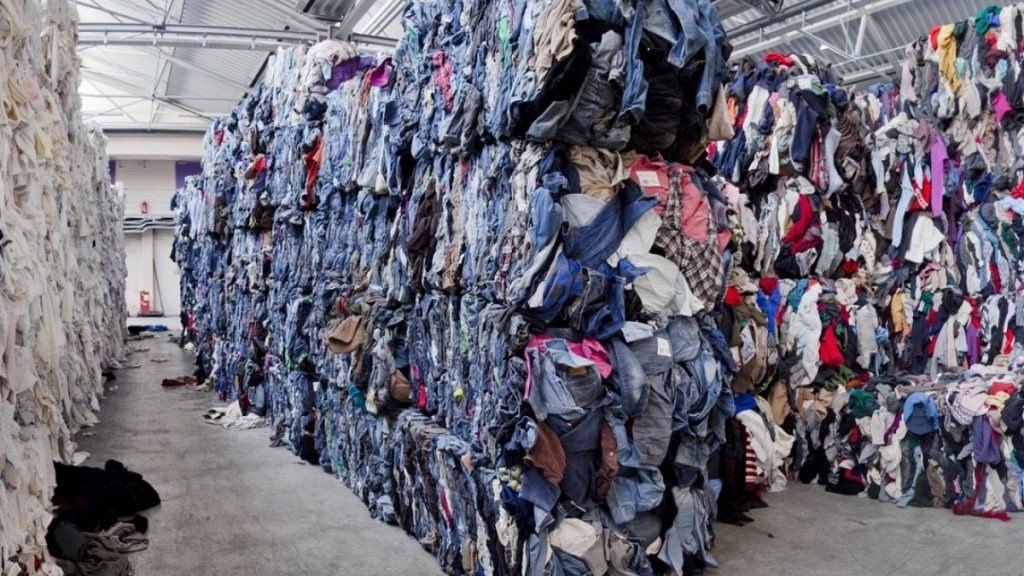Textile Recycling: The Key to a Sustainable Future
Origins and Current State of Textile Recycling
Textile recycling is a crucial part of the fight against excessive waste generation and the environmental burden caused by the fashion industry. Every year, millions of tons of textile waste are produced globally, most of which end up in landfills or incinerators.
Recycling textiles offers an effective and environmentally responsible solution, helping to reduce the negative impact of the fashion and manufacturing industries on the planet.
Methods of Textile Recycling
Textile waste can be processed through several approaches:
- Re-use of textiles – Unwanted clothing and fabrics can be reused through donations to charities, second-hand shops, or re-use centers.
- Mechanical recycling – Old textiles are shredded into individual fibers, which are then used to make new fabrics, insulation materials, or upholstery.
- Chemical recycling – An advanced process in which textiles are broken down into their basic chemical components and re-synthesized into new fibers.
- Energy recovery – Non-recyclable textiles can be incinerated to generate energy.
Textile Recycling in Practice: Innovations and Trends
In recent years, new innovative approaches have emerged that combine sustainability and design — transforming waste into stylish and practical products.
Examples include:
- Shoes made from recycled ocean plastics – Brands like Adidas and Melissa create footwear from bottles and marine waste recovered from oceans.
- Tofu-based cat litter – An eco-friendly litter made from tofu residue that is biodegradable and safe.
- Clothing from recycled PET bottles – Popular garments made from recycled synthetics that maintain the same quality as traditional textiles.
- Sneakers from old chewing gum – A creative concept turning discarded gum into durable rubber soles, proving that even unusual materials can find new life.
Collection of Textile Waste
Proper sorting and collection are essential for effective textile recycling. The main collection channels include:
- Textile containers – Public drop-off bins available in various colors for depositing unwanted clothing and fabrics.
- Social collection centers – Charitable organizations that accept clothing for redistribution to people in need.
- Collection yards – Specialized municipal facilities where textiles can be dropped off for proper recycling.
The Future of Textile Recycling
With a growing emphasis on ecology and the circular economy, further development of innovative recycling technologies and sustainable materials is expected.
Collaboration between major fashion brands and eco-initiatives shows that textile recycling can be both environmentally beneficial and economically viable.
By supporting textile recycling, we collectively contribute to a cleaner, more sustainable future for our planet — one in which every piece of fabric gets a second life instead of ending up in a landfill.

